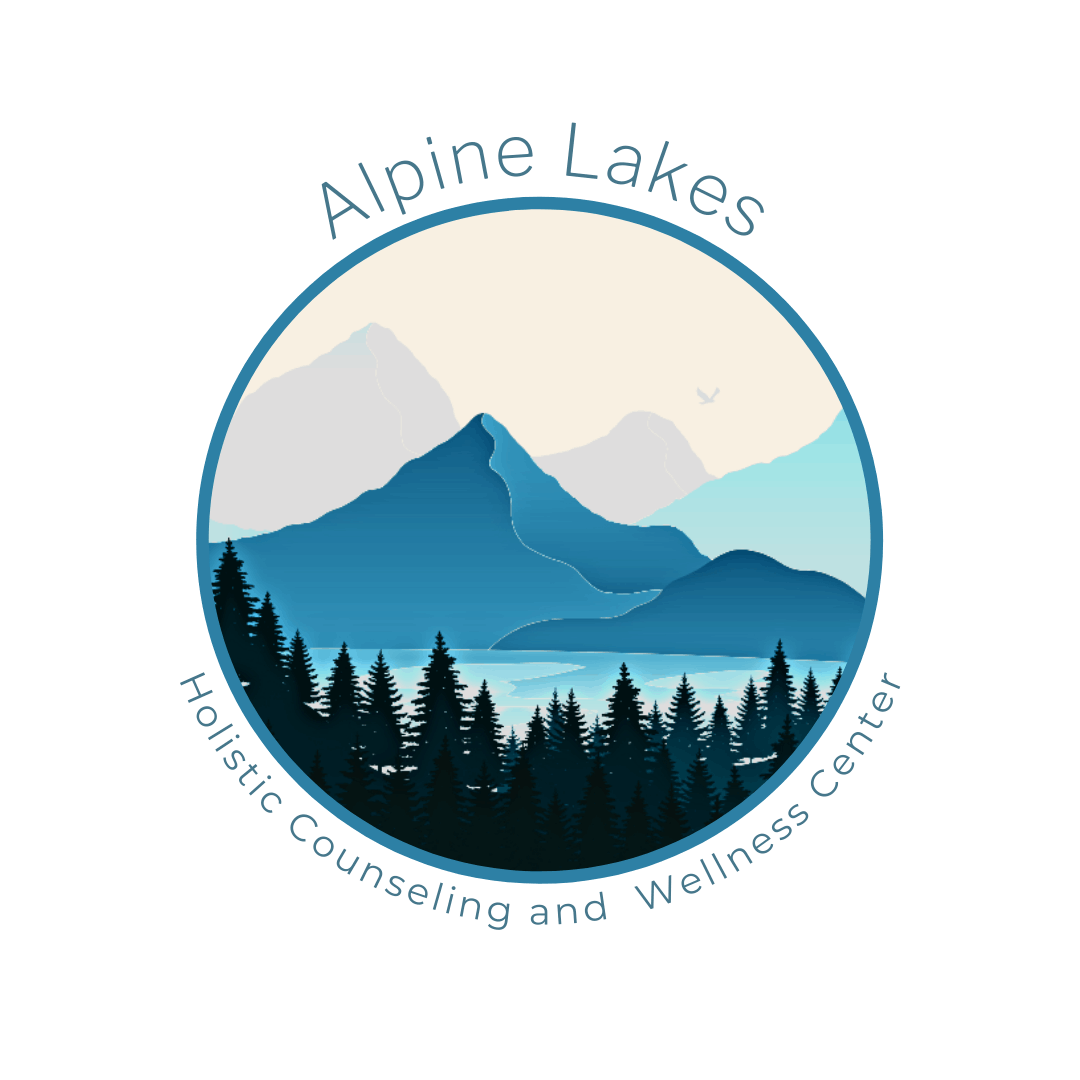How to Support Your Mental Health Between Therapy Sessions: 3 Resourcing Tools for Trauma
A lot of the hard work we do to move towards growth and healing happens in the therapy space. However, the energy we put into our healing outside of sessions is just as important. Our nervous system is constantly attempting to move towards health by working to process through distressing experiences. When we attend therapy we are actively working to process through these distressing experiences; and this processing continues even after we’ve left a therapy session.
When beginning therapy, specifically to do trauma work, we start with creating the foundation to support the processing of painful material. This is done by building resourcing skills to assist in regulating through distress. Building skills fosters our ability to remain in our window of tolerance. Dr. Dan Siegel developed the window of tolerance to represent the zone of “arousal” for a person to function in day to day life. When we are operating within this window, we are able to manage and cope with our emotions. When we are outside of our window of tolerance we can experience hyper-arousal – fight or flight response (anxiety, anger, hypervigilance) or hypo-arousal – freeze response (dissociation, numbness).
Expanding our window of tolerance supports us in remaining in the here and now, a vital part to functioning in our day to day lives and when engaging in trauma therapy. Try these 3 tools:
1. Body Scan
Hyper and hypo arousal impact our body. We also become disconnected from our body when experiencing arousal. Engaging in a body scan forces our attention to our body right in that moment, connecting us to the here and now.
A body scan can be done sitting, standing, or lying down; however, if possible it is best to be in whichever is the most comfortable position for you. The goal of a body scan is to simply take inventory of the sensations present in your body without judgment or the need to change. Begin at the tips of your toes and scan each part of your body to the crown of your head.
Tip: Use the free meditation app Insight Timer and type in “body scan meditation” to be guided in this practice
2. 5 Senses
The 5 senses tool connects us to our environment. The orient reflex fosters a de-arousal response and will assist in becoming more grounded and regulated in emotions.
There are multiple ways to engage in this practice, try them out and choose what works best for you! You are simply orienting to your five senses: name five things in your environment you can see, feel four things you can touch and notice their texture, temperature, etc, name three things you can hear, smell two things, and one thing you can taste. Orienting to any of your five senses assists in de-arousal so you can also pick a color and name every object in your space that is that color. Give some pets to your cat or dog and notice the sensation of their fur against your hand. Get creative!
3. Bilateral Tapping
Bilateral tapping is another tool that fosters a de-arousal response. By tapping back and forth it engages both the right and left hemispheres of your brain, supporting emotion regulation and processing.
Begin by finding a comfortable position and give yourself a butterfly hug (cross your arms over your chest and rest them on each shoulder). Begin slowly tapping back and forth on your shoulders as you focus on your breath. This should create a calming/relaxing sensation in your body. This tool can also be used by tapping back and forth on your legs (for example – while sitting at work or in a meeting).
Practice these tools between your therapy sessions and talk to your therapist about how your tools are working for you!

